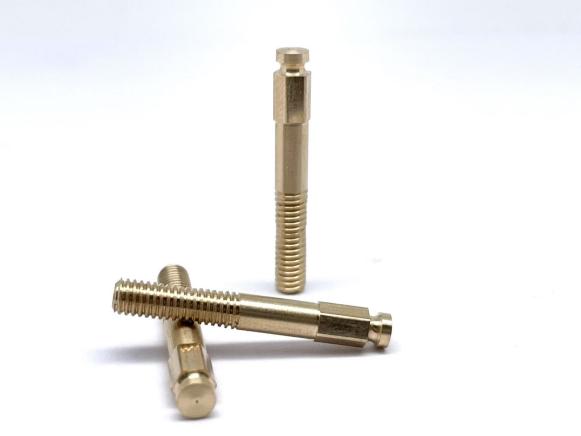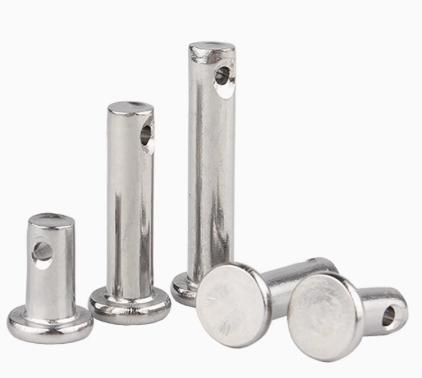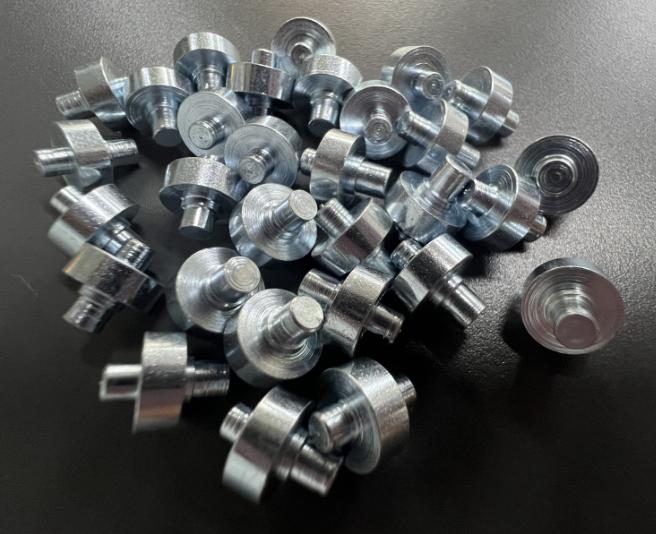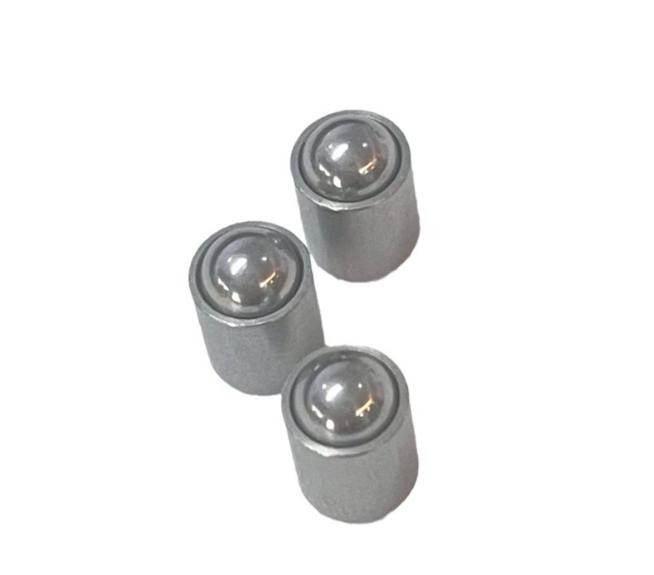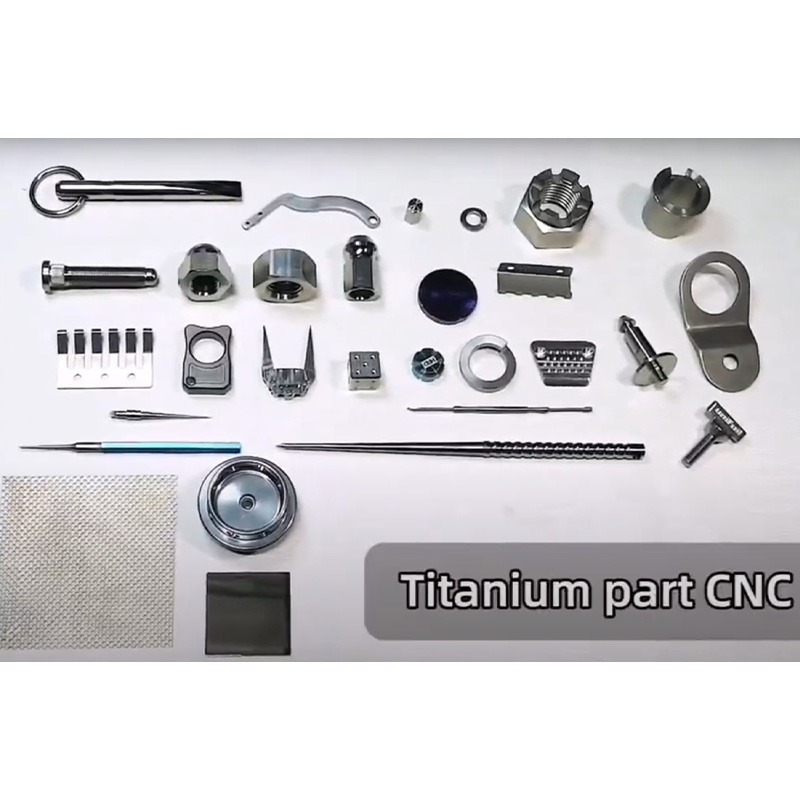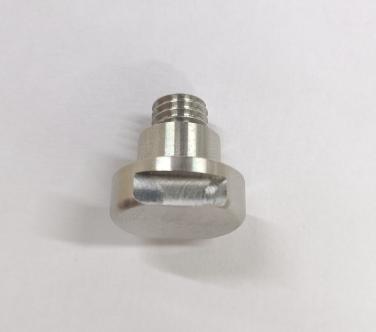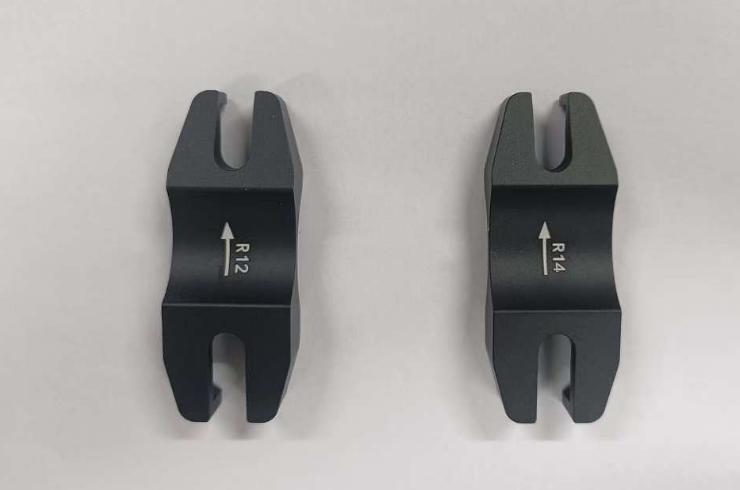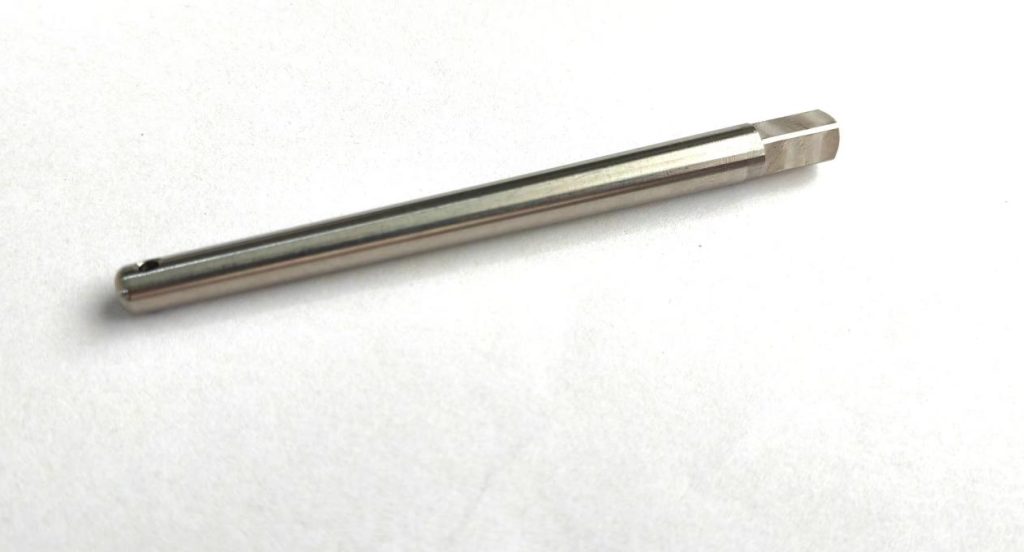What are 9 Key Factors to Consider for CNC Part Machining
In the ever-evolving landscape of manufacturing technology, Computer Numerical Control (CNC) technology plays a pivotal role in part machining. CNC machining, with its customization capabilities, offers businesses higher precision, efficiency, and flexibility, meeting the demand for customized parts in various industries. However, to ensure the smooth machining of parts, several critical factors need to be considered. This article will delve into nine key points essential for CNC part machining.
Blueprint Design in CNC Part Machining
The importance of blueprint design in CNC part machining is self-evident. Blueprints serve as vital technical documents that not only provide geometric dimensions and shape information but also convey processing methods, quality requirements, and design intent. Blueprints act as a communication bridge between the design and manufacturing teams. A qualified part design blueprint must include dimensions and geometric requirements (linear dimensions, angles, straightness, flatness, roundness, concentricity, etc.), material specifications (material type, grade, and performance parameters), tolerance requirements (allowable deviation ranges for various dimensions), surface requirements (roughness, smoothness, mirror finish, coatings), assembly requirements, quantity, graphical representation, part legends, and other necessary parameters. Therefore, sound blueprint design is one of the key factors to ensure the successful CNC part machining and meeting quality standards.
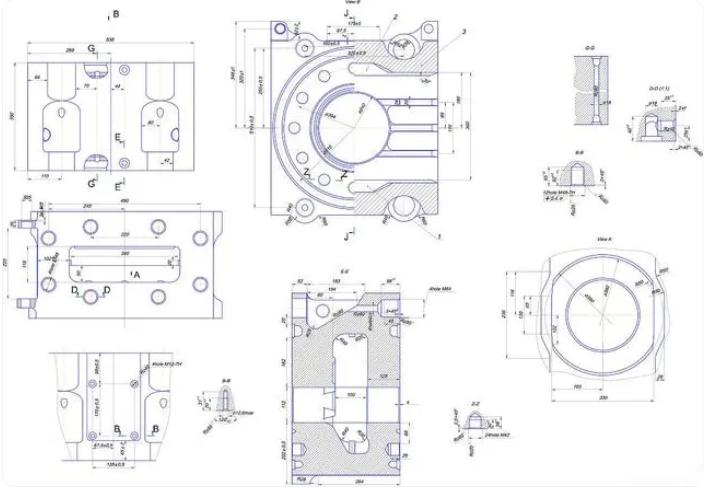
Material Selection in CNC Part Machining
Material selection is equally critical in CNC part machining. Choosing the right material directly influences part performance, quality, cost, machining difficulty, mechanical properties, corrosion resistance, and stability, and must align with the application requirements. Correct material selection ensures the part operates effectively in various environments. Additionally, material machinability directly affects machining efficiency and quality, so selecting materials that are easy to machine can improve production efficiency.
Communication and Coordination in CNC Part Machining
Communication and coordination are paramount in CNC part machining. The process involves multiple stages, including design, machining, quality control, and requires close collaboration and information exchange among different teams. Clear communication and coordination ensure that all stages maintain consistency in processing requirements, processes, and quality standards. Regular communication helps prevent misunderstandings and enables timely adjustments to address potential machining risks, ensuring a smooth CNC part machining process, improving production efficiency, saving time, and ensuring product quality.
Equipment Selection in CNC Part Machining
Choosing the right CNC machines and tools directly affects machining quality, efficiency, and cost. Different parts require different types of machines and tools to meet their machining requirements, such as precision parts requiring high-precision machines. Suitable equipment ensures process stability, reduces defect rates, and scrap. Furthermore, selecting advanced equipment can improve production efficiency and shorten machining cycles. Therefore, proper equipment selection is one of the key steps to ensure successful CNC part machining based on part characteristics and machining requirements.

Process Planning for CNC Part Machining
Process planning encompasses cutting parameters, machining sequences, and clamping schemes, forming the foundation for efficient, accurate, and stable machining. Reasonable process planning minimizes machining time, reduces costs, and ensures machining accuracy and surface quality. Planning cutting paths and machining sequences in advance can avoid redundant machining and unnecessary movements, improving production efficiency. Additionally, the choice and design of clamping solutions directly impact part machining stability and quality. Therefore, proper process planning helps reduce part defect rates, scrap, and enhances workpiece quality, making the part machining process more controllable and reliable.
Parameters of CNC Part Machining
Machining parameter settings are indispensable in CNC part machining. They involve adjusting parameters such as cutting speed, feed rate, and cutting depth, which directly affect machining quality, efficiency, and tool life. Proper machining parameters can increase production efficiency and reduce machining costs while maintaining part quality. Different materials and geometries require different machining parameters, so setting parameters reasonably maximizes the performance of equipment and tools.
Fixturing and Clamping in CNC Part Machining
Fixturing and clamping involve selecting appropriate fixtures and clamping methods to ensure that the part remains securely fixed on the machine during the machining process. Proper fixturing and clamping prevent part movement, vibration, and deformation, ensuring consistent machining accuracy. Whether it’s complex-shaped parts or high-precision machining, fixturing and clamping directly affect part machining quality. Therefore, in CNC part machining, it’s crucial to ensure the feasibility of the fixturing and clamping solutions.
Toolpath Planning in CNC Part Machining
Toolpath planning in CNC part machining involves planning and optimizing cutting paths, directly impacting machining efficiency, quality, and tool life. Proper toolpath planning minimizes unnecessary movements and redundant machining, reducing machining time and costs. Optimized path planning maintains consistent cutting conditions, improves part surface quality, and reduces machining defects. Additionally, toolpath planning can consider avoiding fixture interference and minimizing machine tool vibrations, further enhancing machining accuracy. Therefore, well-designed toolpath planning is vital to ensure efficient, precise, and high-quality CNC part machining.
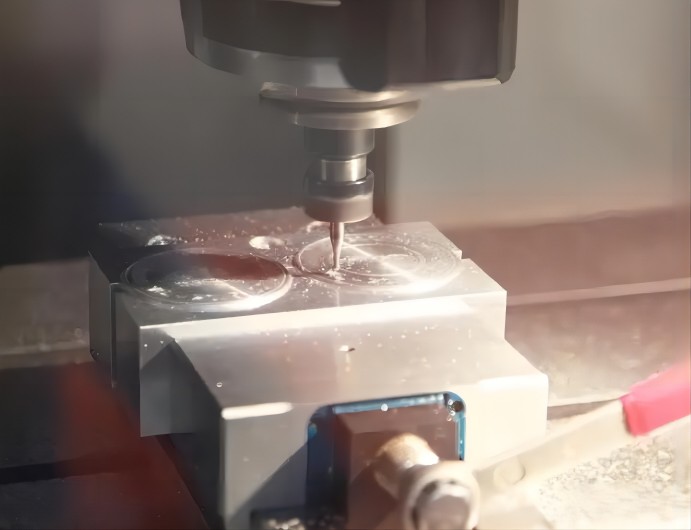
Inspection and Quality Control for CNC Part Machining
Inspection and quality control involve using measuring instruments and equipment to monitor machining quality in real time. Regular inspections and testing help detect tolerance deviations or other issues during machining, ensuring that parts meet design requirements and quality standards. Quality control also helps reduce scrap rates and non-conforming products, improving production efficiency and product reliability. By comprehensively monitoring the machining process, manufacturers can adjust machining parameters and processes, address issues promptly, and ensure that each part meets high-quality standards. Therefore, inspection and quality control are critical in CNC part machining to guarantee product quality and customer satisfaction.
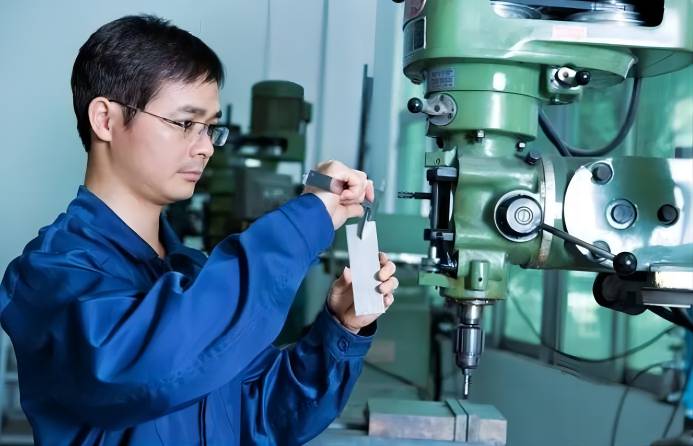
Conclusion
Custom CNC part machining is an indispensable part of modern manufacturing. Through sound material selection, blueprint design, process planning, equipment selection, toolpath planning, machining parameter adjustments, inspection and quality control, fixturing and clamping, communication and coordination, and continuous improvement, businesses can achieve efficient, precise, and stable custom machining to meet evolving market demands.

